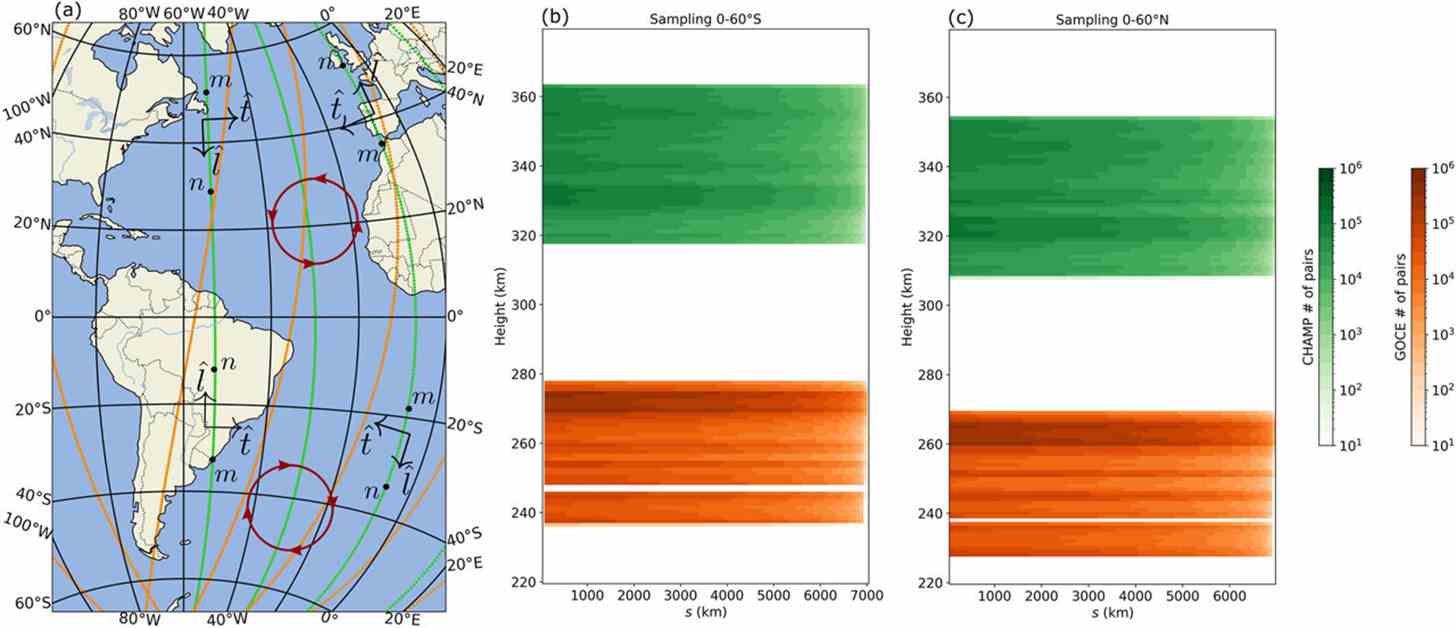Researchers have made a groundbreaking discovery that Earth’s atmosphere and space share the same turbulence patterns. This revelation comes from a study published in Geophysical Research Letters, shedding new light on the dynamics of the upper atmosphere known as the thermosphere.
The study, led by Professor Huixin Liu of Kyushu University and in collaboration with Dr. Facundo L. Poblet of Leibniz Institute of Atmospheric Physics, explored the movement of wind and turbulence in the thermosphere. By analyzing data from satellites like CHAMP and GOCE, the researchers found that the thermosphere follows similar scaling laws to the lower atmosphere, despite their differences in composition and dynamics.
Understanding how turbulence behaves in the thermosphere is crucial for improving space weather forecasting and ensuring the functionality and safety of satellite-based technologies. This research not only advances our knowledge of near-space dynamics but also opens up new possibilities for predicting and preparing for space weather events.
The thermosphere, located between 80-550 km above sea level, plays a significant role in space operations and is home to the International Space Station and numerous satellites. By studying the interplay of kinetic energy and turbulence in this region, researchers can gain valuable insights into how energy flows and dissipates in Earth’s atmosphere and beyond.
Professor Liu’s work highlights the importance of studying the dynamics of the upper atmosphere to enhance our understanding of space weather and improve forecasting capabilities. The findings from this study have the potential to revolutionize how we predict and prepare for space weather events, ultimately benefiting various satellite technologies and ensuring their continued functionality and safety.
In conclusion, the discovery that Earth and space share the same turbulence patterns opens up new avenues for research and exploration in the field of atmospheric and space physics. By uncovering the underlying principles that govern turbulence in the thermosphere, researchers can pave the way for more accurate and reliable space weather forecasts, ultimately contributing to advancements in satellite technology and space exploration.


